Molecular mechanisms of snoRNA-IL-15 crosstalk in adipocyte lipolysis and NK cell rejuvenation
- PMID: 37329887
- PMCID: PMC10712687
- DOI: 10.1016/j.cmet.2023.05.009
Molecular mechanisms of snoRNA-IL-15 crosstalk in adipocyte lipolysis and NK cell rejuvenation
Abstract
Obesity, in which the functional importance of small nucleolar RNAs (snoRNAs) remains elusive, correlates with risk for many cancer types. Here, we identify that the serum copies of adipocyte-expressed SNORD46 correlate with body mass index (BMI), and serum SNORD46 antagonizes interleukin-15 (IL-15) signaling. Mechanically, SNORD46 binds IL-15 via G11, and G11A (a mutation that significantly enhances binding affinity) knockin drives obesity in mice. Functionally, SNORD46 blocks IL-15-induced, FER kinase-dependent phosphorylation of platelet glycoprotein 4 (CD36) and monoglyceride lipase (MGLL) in adipocytes, leading to inhibited lipolysis and browning. In natural killer (NK) cells, SNORD46 suppresses the IL-15-dependent autophagy, leading to reduced viability of obese NK. SNORD46 power inhibitors exhibit anti-obesity effects, concurring with improved viability of obese NK and anti-tumor immunity of CAR-NK cell therapy. Hence, our findings demonstrate the functional importance of snoRNAs in obesity and the utility of snoRNA power inhibitors for antagonizing obesity-associated immune resistance.
Keywords: adipocyte; autophagy; interleukin-15; lipase; natural killer cells; obesity; small nucleolar RNA.
Copyright © 2023 The Authors. Published by Elsevier Inc. All rights reserved.
Conflict of interest statement
Declaration of interests M.A.C. reports grants and personal fees from ImmunoGenesis, Inc. and personal fees from Alligator Bioscience, Inc.; ImmunOS, Inc.; Oncoresponse, Inc.; Nurix, Inc.; Aptevo, Inc.; Kineta, Inc.; Xencor, Inc.; Agenus, Inc.; Adagene, Inc.; and Astrazeneca, Inc. outside the submitted work. K.R. and the University of Texas MD Anderson Cancer Center have an institutional financial conflict of interest with Takeda Pharmaceutical and Affimed GmbH. K.R. participates on the Scientific Advisory Board for GemoAb, AvengeBio, Virogin Biotech, GSK, Caribou Biosciences, Navan Technologies, and Bayer. B.G. is an inventor on patent applications involving targeting ferroptosis in cancer therapy and reports personal fees from Guidepoint Global, Cambridge Solutions, and NGM Bio.
Figures
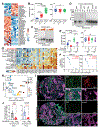
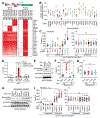
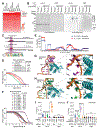
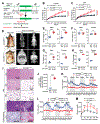
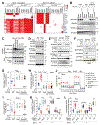
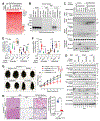
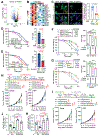
References
-
- Hales CM, Carroll MD, Fryar CD, and Ogden CL (2017). Prevalence of Obesity Among Adults and Youth: United States, 2015-2016. NCHS Data Brief, 1–8. - PubMed
-
- Ringel AE, Drijvers JM, Baker GJ, Catozzi A, Garcia-Canaveras JC, Gassaway BM, Miller BC, Juneja VR, Nguyen TH, Joshi S, et al. (2020). Obesity Shapes Metabolism in the Tumor Microenvironment to Suppress Anti-Tumor Immunity. Cell 183, 1848–1866 e1826. 10.1016/j.cell.2020.11.009. - DOI - PMC - PubMed
Publication types
MeSH terms
Substances
Grants and funding
LinkOut - more resources
Full Text Sources
Molecular Biology Databases

